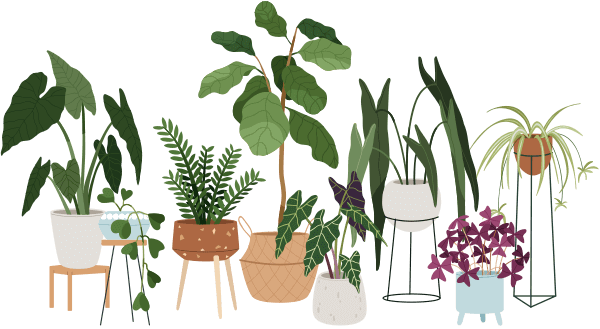The Ghost Plant (Graptopetalum paraguayense) is a striking succulent with pastel-hued, powdery leaves that appear almost ethereal—earning it its spooky nickname. Cherished by beginners and seasoned plant parents alike for its hardiness and forgiving nature, this unique houseplant thrives in a range of environments, making it a top pick for those seeking low-maintenance yet beautiful greenery at home.
Light Requirements
Ghost Plants perform best in bright, indirect light and can handle some direct morning sun. Place your Ghost Plant near a south- or east-facing window for healthy, compact growth. If grown in too little light, Ghost Plants can become leggy and lose their color, while harsh afternoon sun may scorch their delicate leaves. Use sheer curtains if sunlight is intense.
Watering Schedule
Allow the soil to dry fully between waterings; typically, water once every 2–3 weeks. Watch for wrinkled leaves (underwatering) or yellow, mushy leaves (overwatering). Avoid letting the plant sit in water. Too much humidity isn’t necessary; regular room humidity is just fine, and a humidifier isn’t needed.
Humidity & Temperature
Ideal temperatures for Ghost Plant are between 15–25°C (59–77°F). They are sensitive to frost and sudden cold drafts, so keep them away from open windows in winter. They prefer normal household humidity and don’t benefit from raised moisture levels.
Soil & Potting
Use a well-draining cactus or succulent mix for Ghost Plant. You can add perlite or sand for extra drainage. Repot every 2–3 years or when it outgrows its container to keep roots healthy.
Fertilizing
Ghost Plants require minimal feeding. Fertilize once in early spring with a diluted succulent fertilizer. Too much fertilizer can harm or stretch the plant, so less is more.
Common Problems & Solutions
Yellowing leaves suggest overwatering; let the soil dry and remove affected leaves. Browning tips often mean too much sun or fertilizer. Leaf drop may happen after changes in environment—don’t worry, replacements grow fast! Watch for pests like mealybugs; swab with alcohol and isolate if seen. Use well-draining soil to prevent root rot.
Extra Tips
Gently remove old leaves for a tidy look. Ghost Plants look stunning in hanging planters or paired with Echeveria or Jade Plant. Their pastel coloring intensifies with extra sun exposure. Propagate easily by planting leaf or stem cuttings in moist soil. Fun fact: Ghost Plants may produce small, star-shaped flowers in spring!


